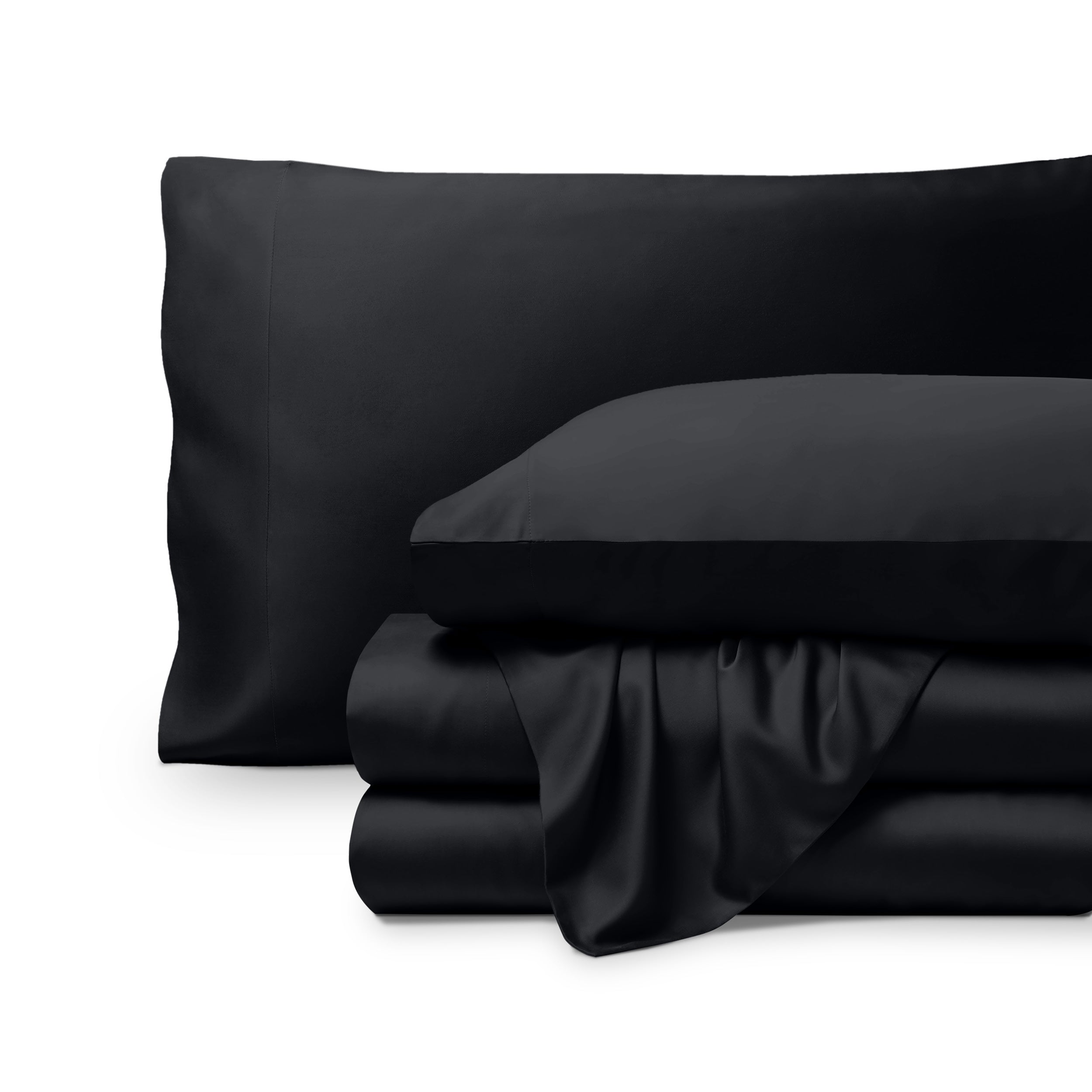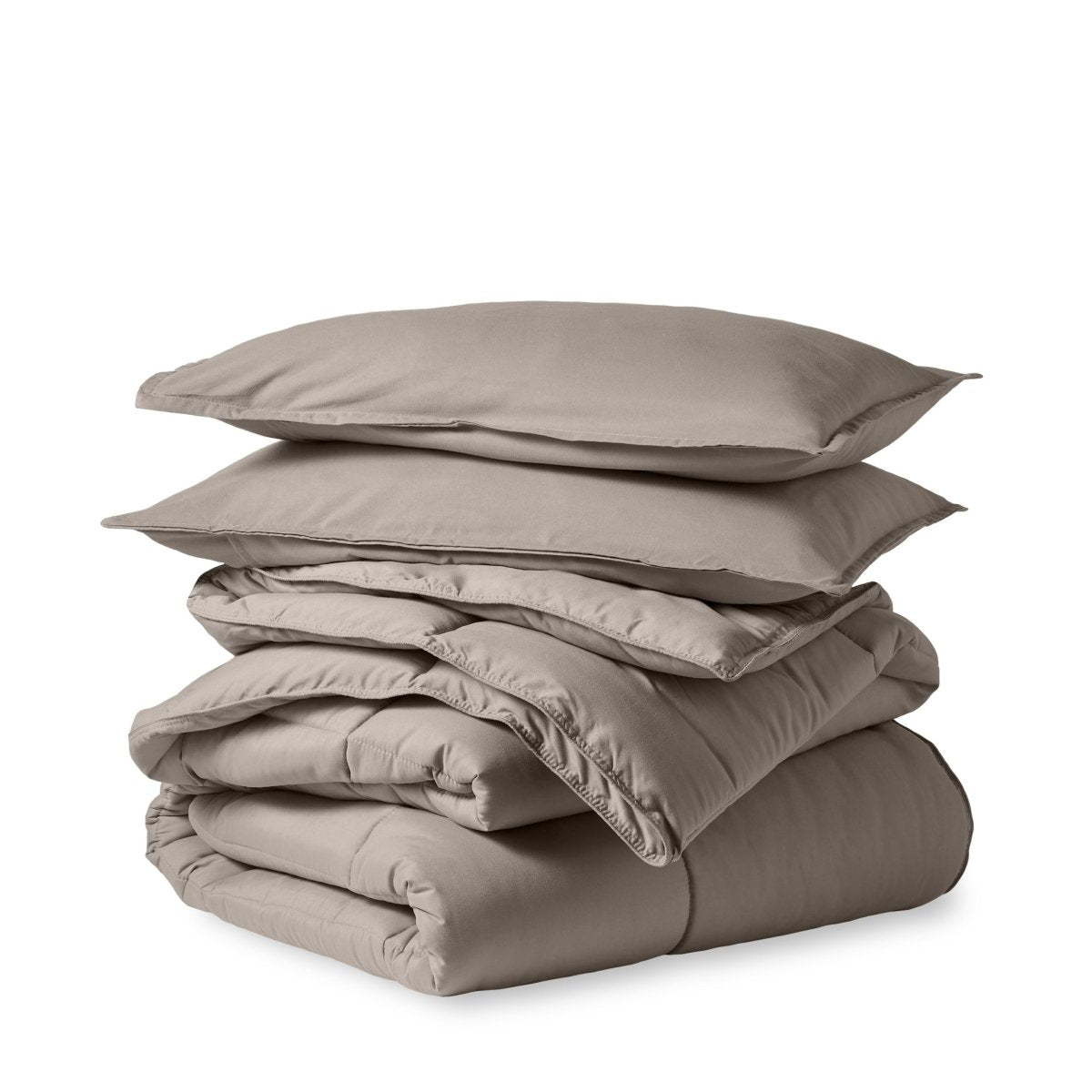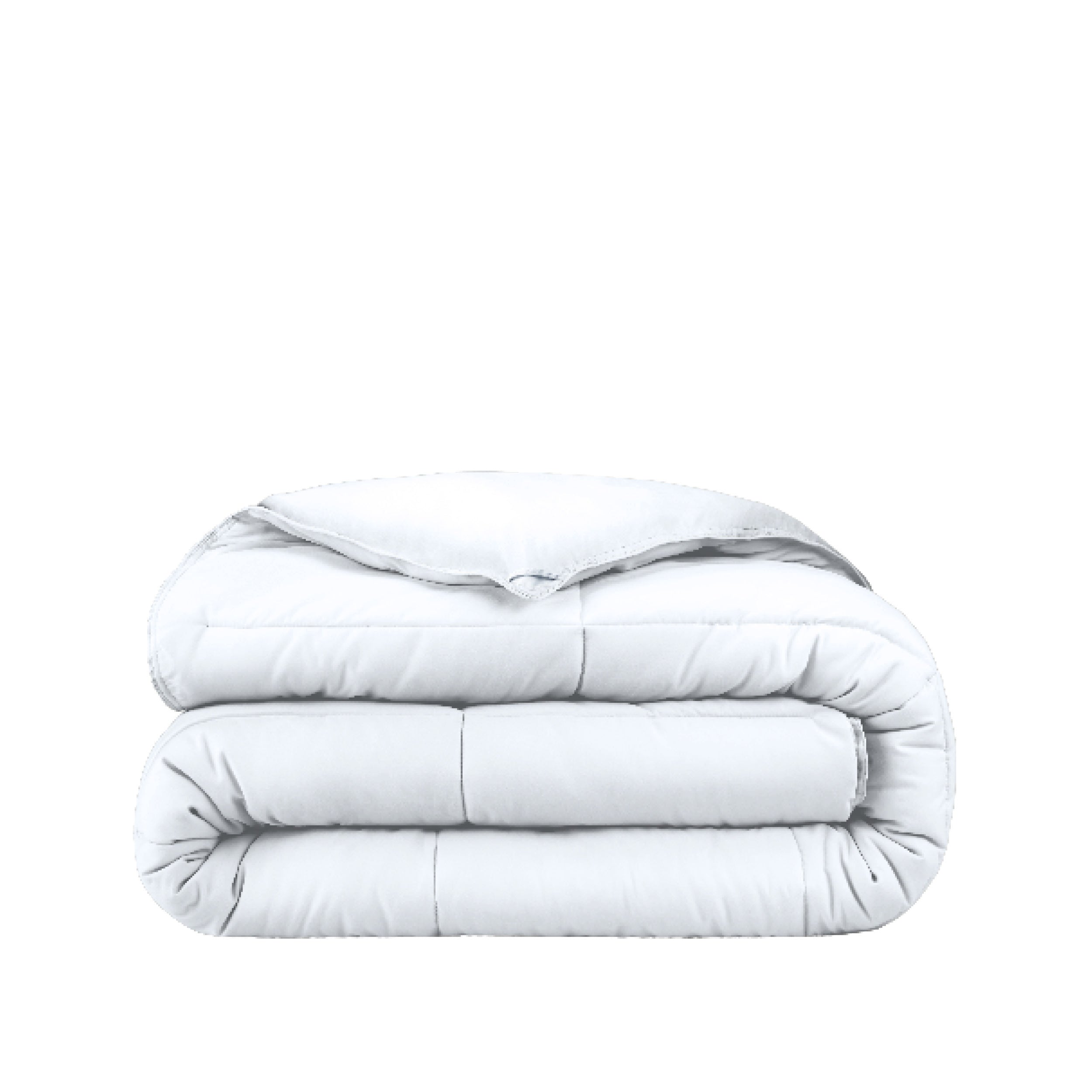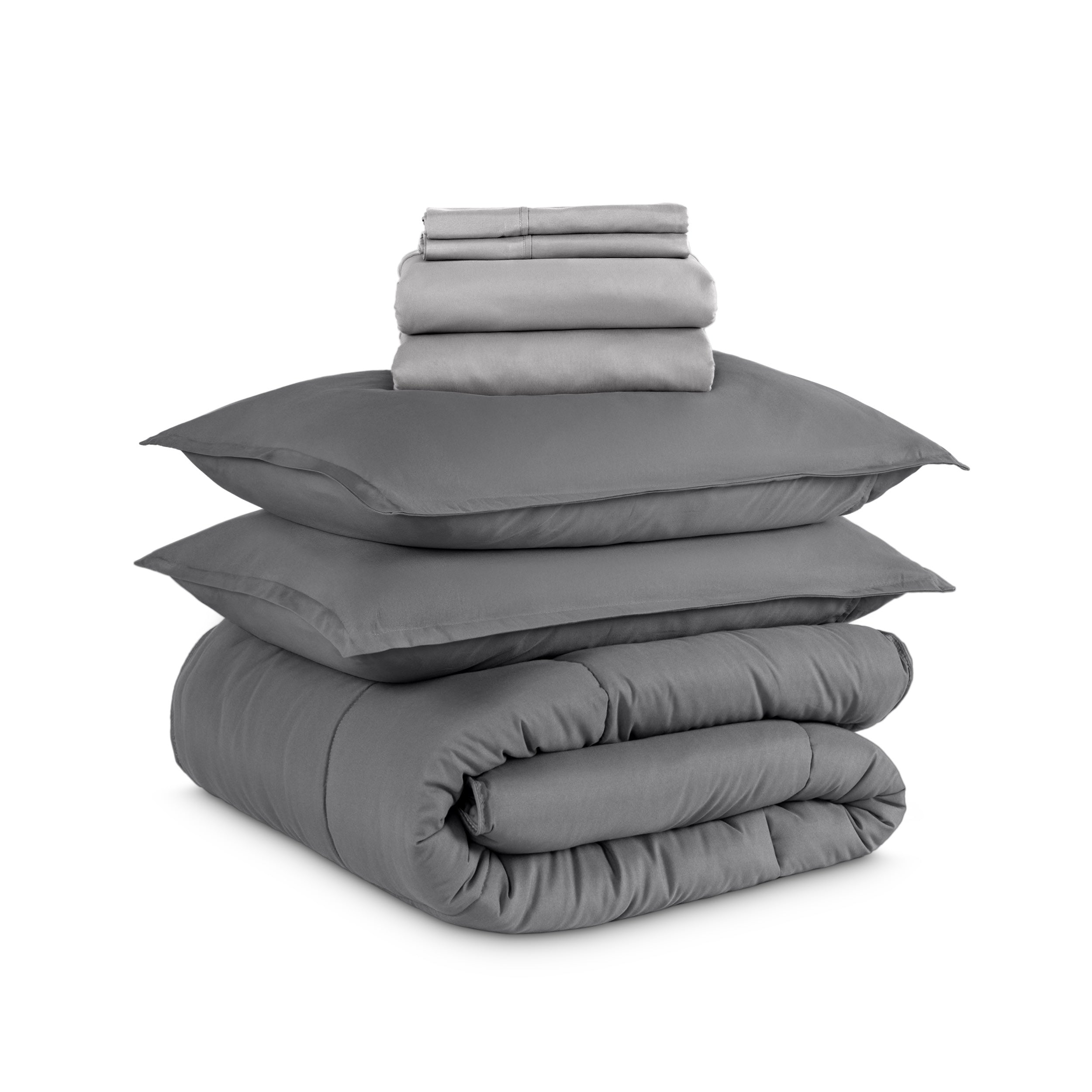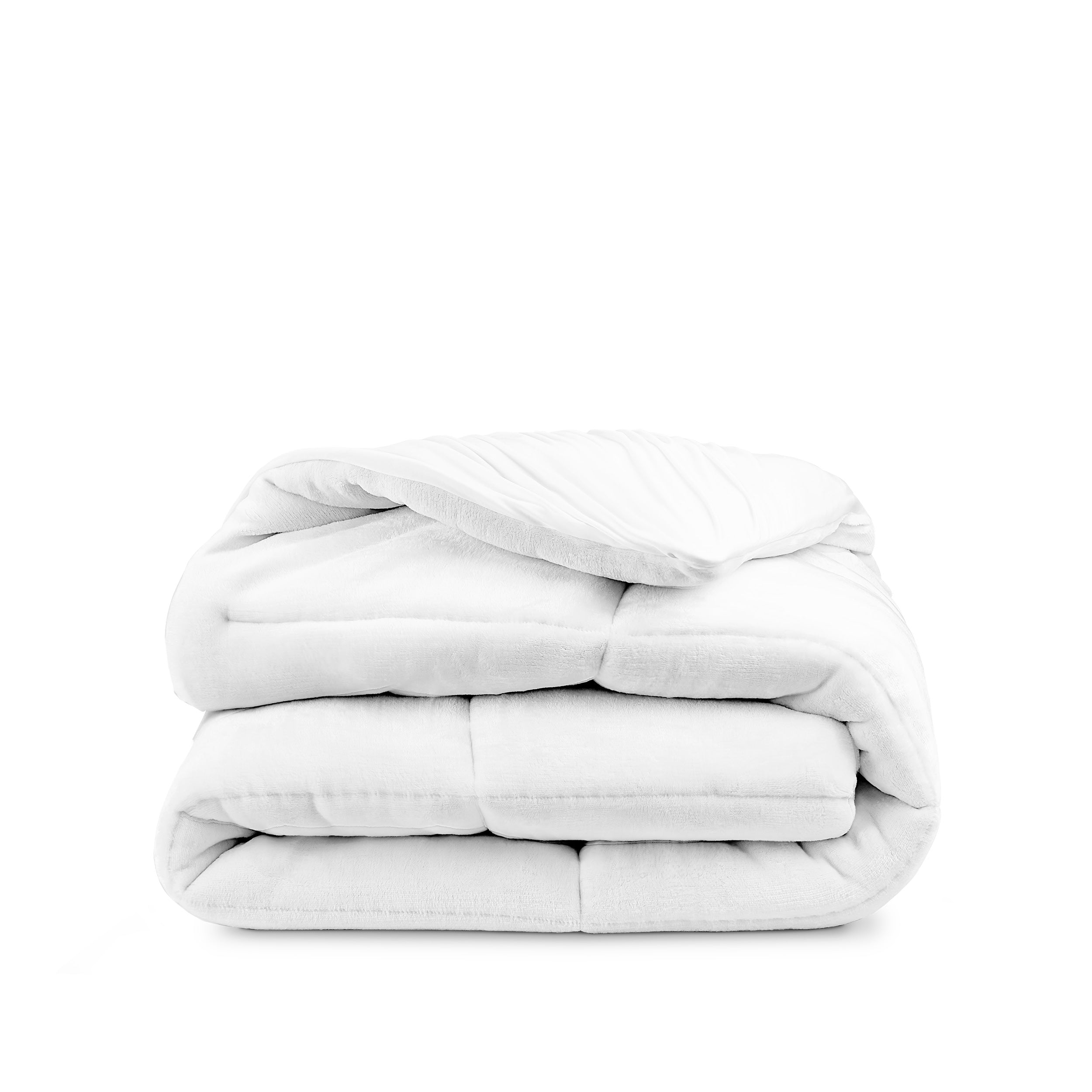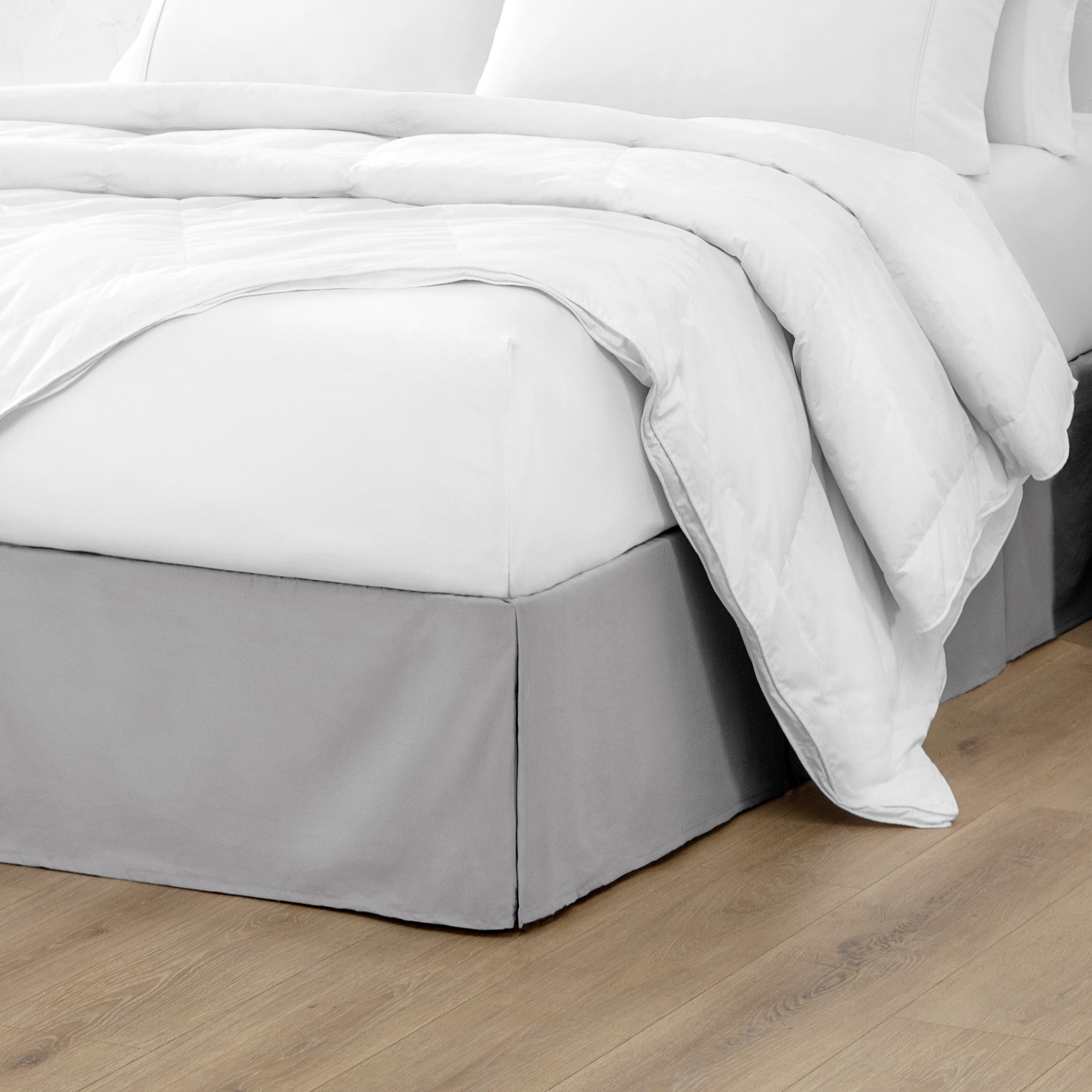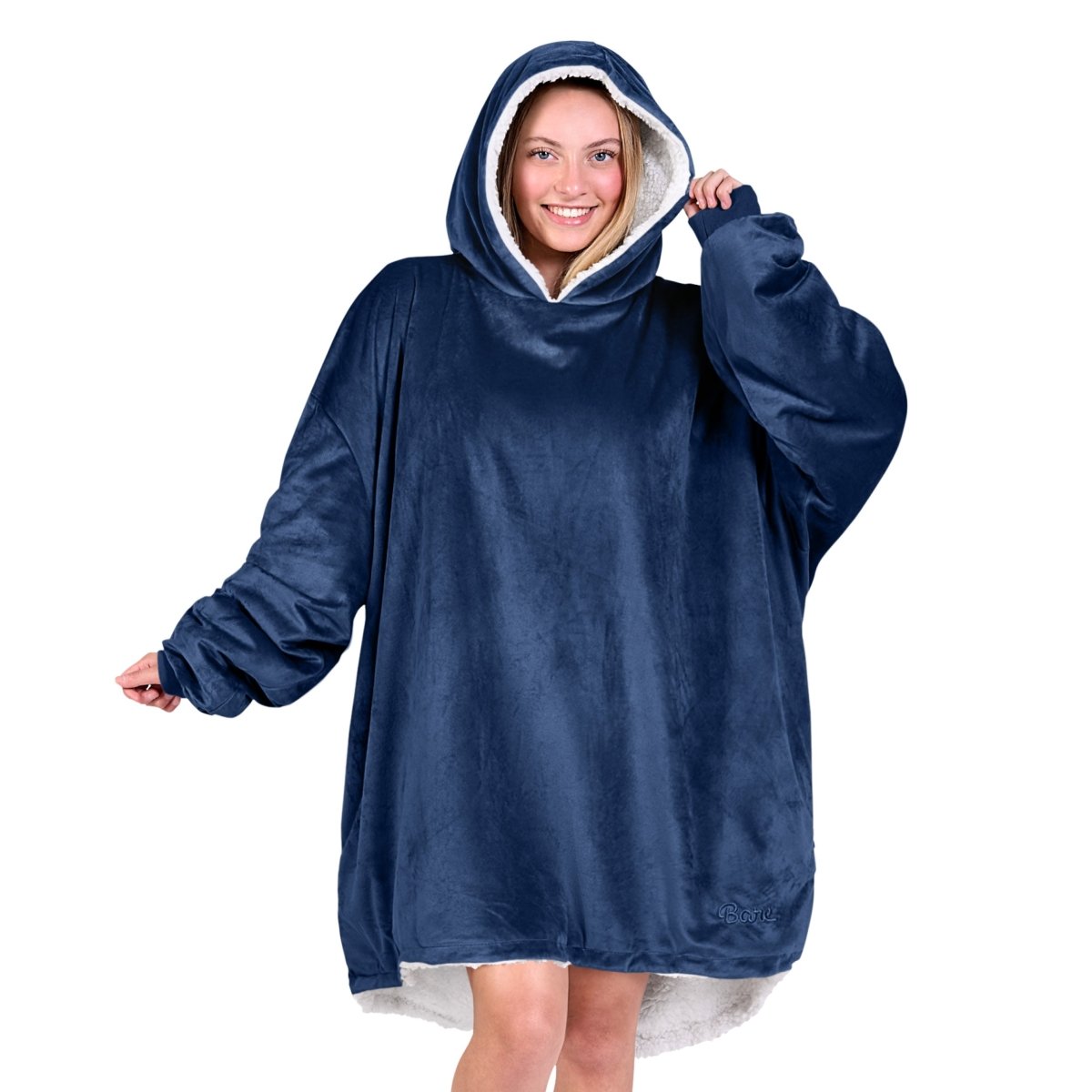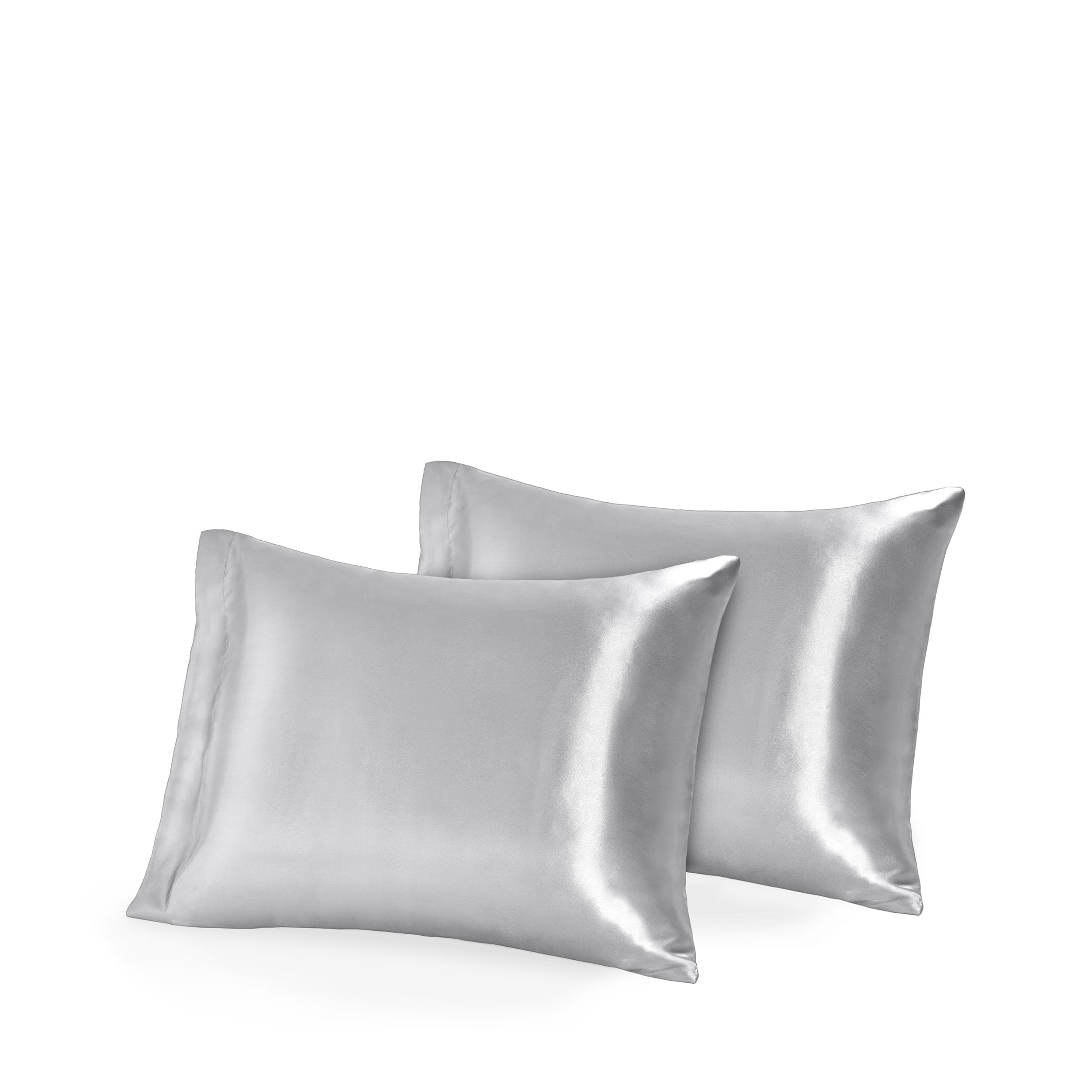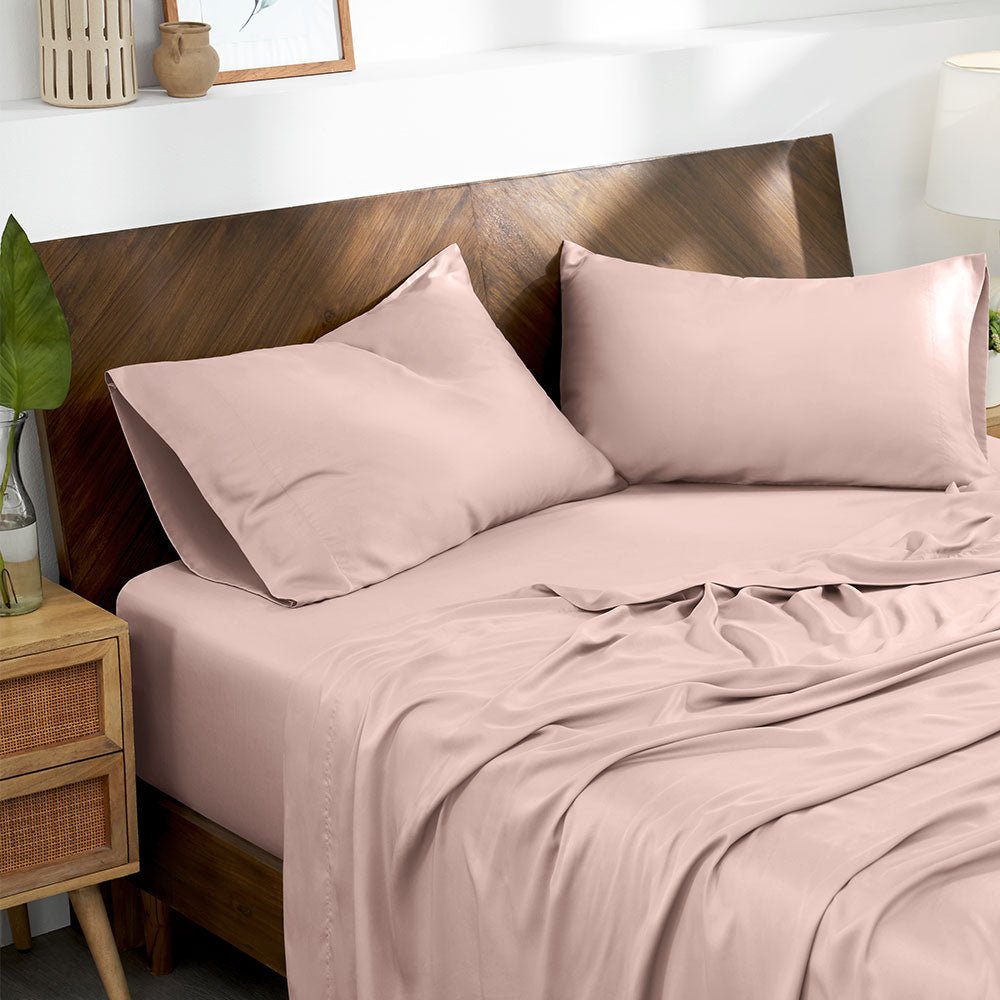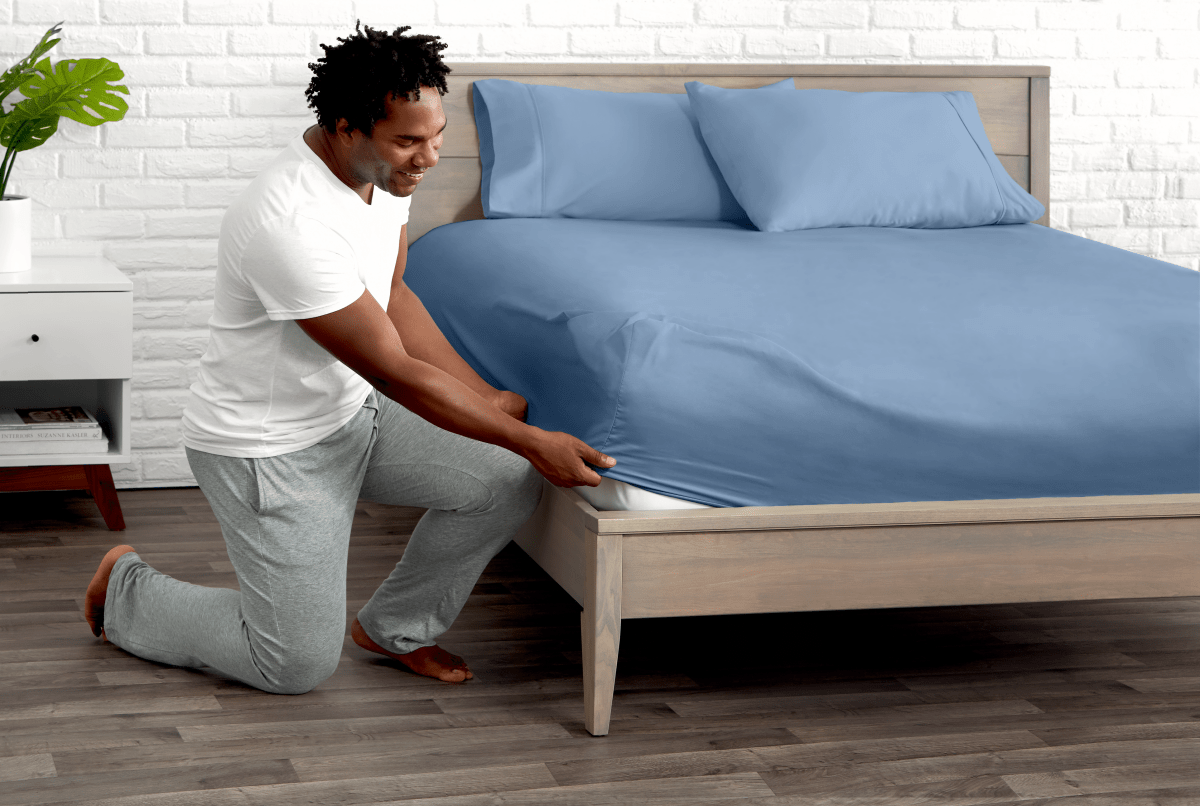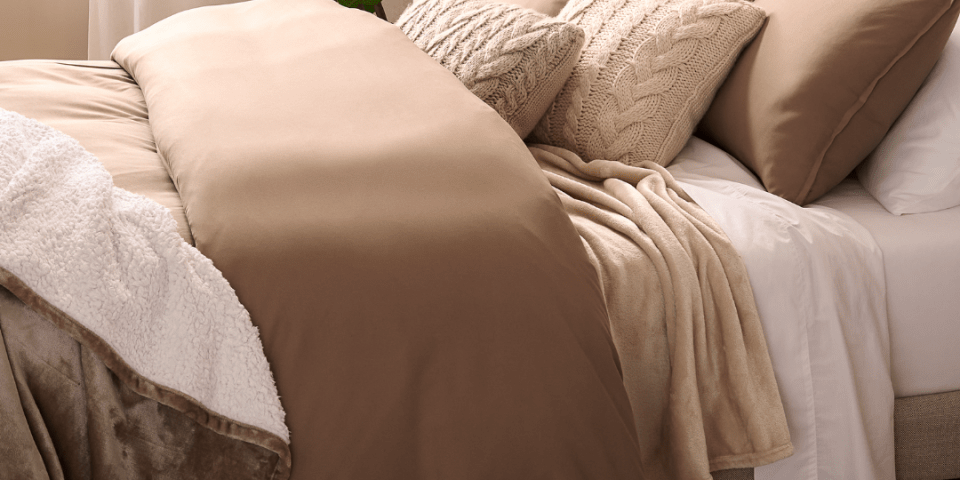My grandmother used to say that nothing ruins a good night's sleep quite like sheets that pop off the corners at 2 AM. After years of helping customers find their perfect bedding match, we couldn't agree more. Let's talk about getting those measurements right the first time.
Understanding Mattress Dimensions
Standard mattress sizes in North America follow specific measurements:
- Twin: 38" × 75"
- Twin XL: 38" × 80"
- Full: 54" × 75"
- Queen: 60" × 80"
- King: 76" × 80"
- California King: 72" × 84"
But here's what many people miss: These numbers are just the start.
The Secret Every Sheet-Buyer Should Know
Your mattress thickness changes everything. Modern mattresses, especially luxury pillow-tops and hybrid models, can range from 8 to 20 inches deep. A 14-inch mattress needs different sheets than a 10-inch one, regardless of surface dimensions.
How to Measure Your Mattress (The Right Way)
- Surface dimensions: Measure width and length
- Depth check: Measure from base to top, including any topper
- Add 2-3 inches to your depth measurement for comfortable tucking
Pro tip: Write these numbers down in your phone. You'll thank yourself later.
Pocket Depth: The Game-Changer
Sheet pocket depth comes in three main categories:
- Standard: 7-14 inches
- Deep: 15-17 inches
- Extra Deep: 18-25 inches
Choose based on your total mattress height plus any toppers you use.
Signs Your Sheets Don't Fit
- Corners pop off during the night
- Excess material bunches up
- Sheets feel too tight when making the bed
- Material feels stretched across the mattress
Shopping Smart: Beyond Basic Sizes
When browsing sheets, look for:
- Actual pocket depth measurements
- Elastic quality (full elastic edges last longer)
- Material shrinkage allowance
- Return policies for size issues
Special Considerations

Memory Foam Mattresses
These need slightly larger fitted sheets since the material can compress at the edges.
Mattress Toppers
Add your topper's height to total mattress depth before choosing sheets.
Adjustable Beds
Go for stretchier materials and deeper pockets to accommodate movement.
Common Sizing Mistakes to Avoid
- Assuming all queen sheets fit all queen mattresses
- Forgetting to account for mattress toppers
- Not measuring depth before purchasing
- Ignoring shrinkage factors in natural fibers
Care Tips to Maintain Proper Fit
- Follow temperature guidelines to prevent shrinkage
- Avoid over-drying, especially with cotton sheets
- Replace sheets showing significant elastic wear
- Store measurement info with your sheet sets
Making the Final Decision
Consider these factors:
- Total mattress height including toppers
- Preferred tucking depth
- Material shrinkage potential
- Washing frequency
- Bed adjustment needs
Remember: Quality sheets should fit snugly but not strain at the corners. They should allow enough material to tuck properly while staying secure all night.
When to Size Up
Sometimes, going up a size makes sense:
- If you're between standard pocket depths
- When using thick mattress toppers
- For adjustable beds
- If you prefer extra tucking material
The Bottom Line
Getting the right size sheets isn't just about matching "queen to queen" or "king to king." It's about understanding your specific bed's needs and choosing sheets that will stay put night after night.
Take five minutes to measure your mattress properly. Those few minutes will save you hours of frustration and potentially hundreds of dollars in return shipping fees.
Sweet dreams start with sheets that fit right. Keep your measurements handy, and never guess at sheet size again. Browse our sheet sets, mattress toppers, and mattress pads here.

